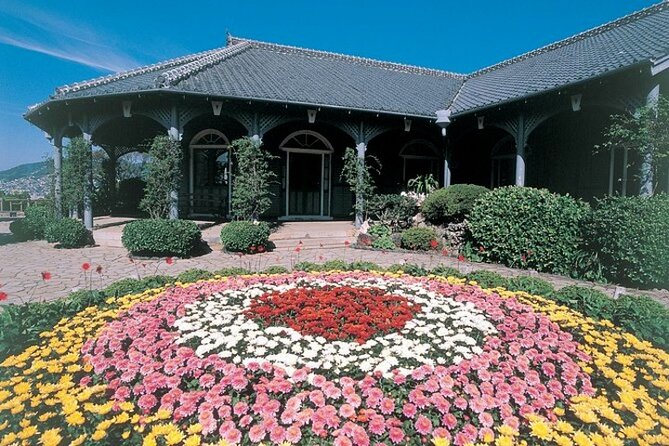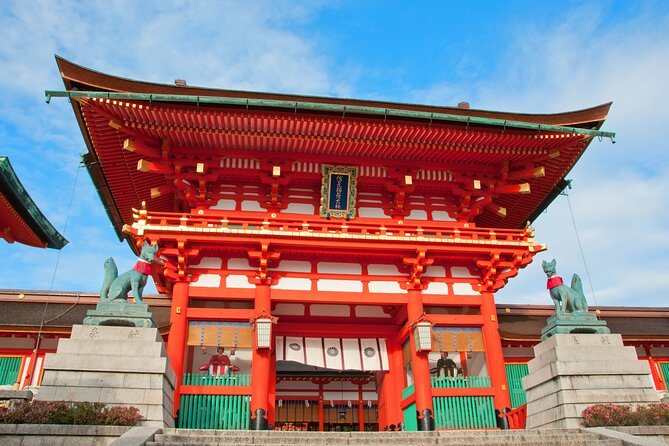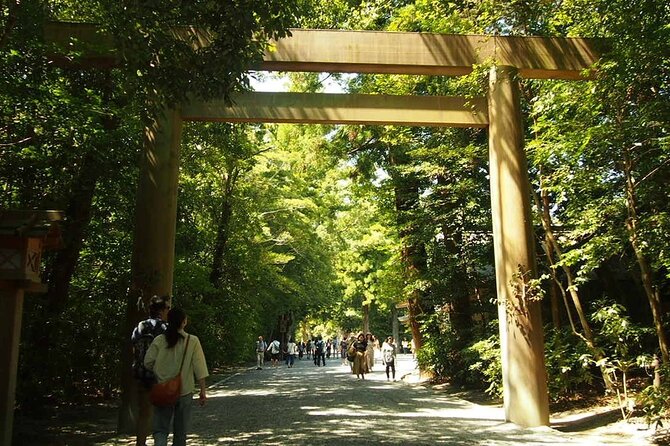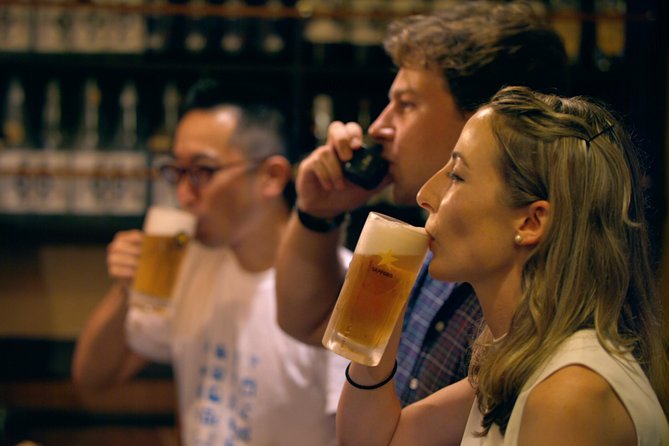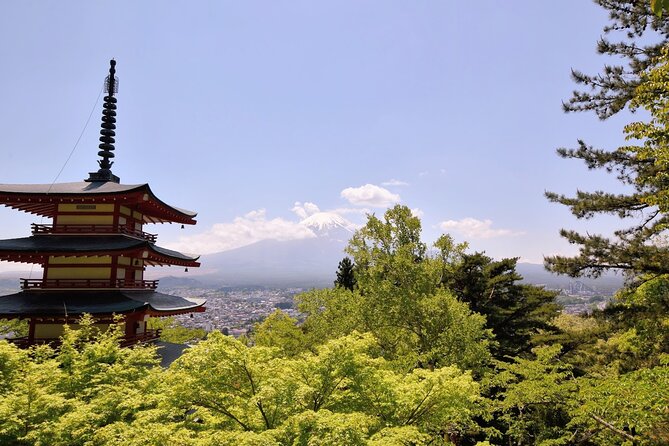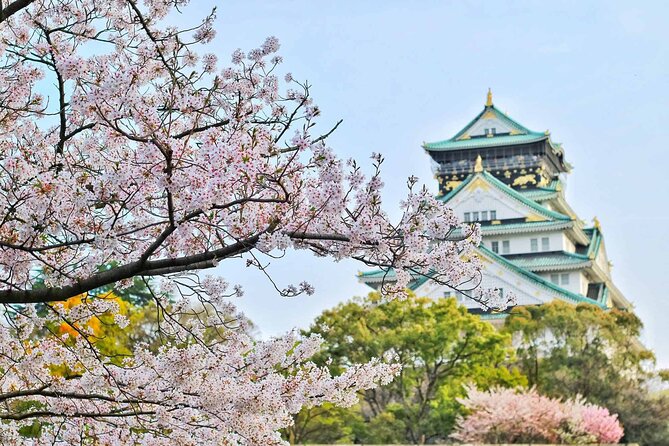In the neon-lit streets of Japan, a fascinating game has been captivating players for generations – Pachinko. This intriguing game of skill and chance has become an integral part of Japanese culture, drawing in millions of players from all walks of life. As players feed small metal balls into a machine, they’re hooked by the thrill of triggering a cascade of winning combinations. But what’s behind Pachinko’s enduring popularity? Is it the rich history, the addictive gameplay, or something more? One thing’s for sure – there’s more to Pachinko than meets the eye, and it’s time to uncover its secrets.
Just The Basics
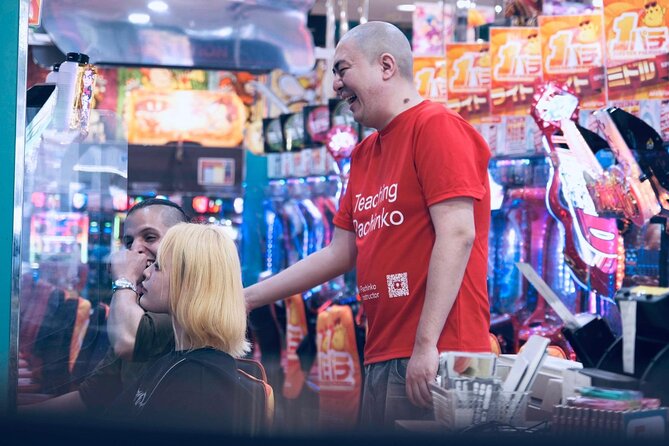
• Pachinko originated as a children’s toy in the 1920s, transforming into a popular adult pastime during World War II.
• The game’s addictive gameplay combines skill and chance, with players feeding metal balls into a machine to trigger winning combinations.
• Pachinko has become an integral part of Japanese popular culture, attracting players from all ages and social backgrounds.
• The industry’s revenue has significantly contributed to Japan’s GDP, solidifying its position as a beloved national pastime.
• Despite concerns over gambling addiction, pachinko parlors are evolving, incorporating new technologies and entertainment options to stay relevant.
It's also worth checking out some other tours and experiences nearby.
Origins of Pachinko
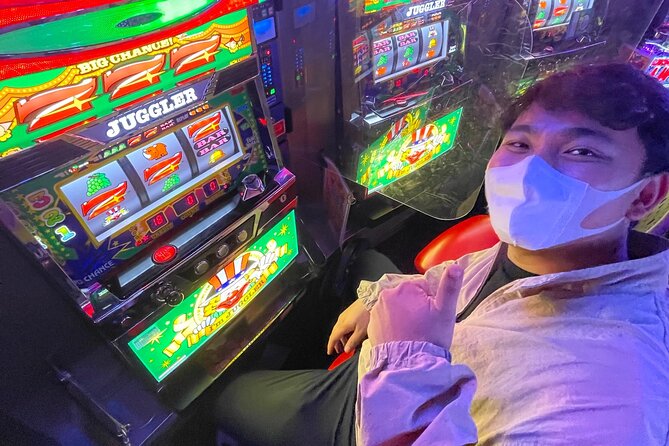
Diving into the fascinating history of Japan’s most beloved game, Pachinko’s origins date back to the 1920s when it emerged as a humble, mechanical amusement.
Initially introduced as a children’s toy, it quickly gained popularity among adults, becoming a staple in Japanese entertainment.
During World War II, Pachinko machines were transformed into a form of entertainment for the military, further increasing its appeal.
Following the war, Pachinko parlors began to sprout up, offering a unique escape from the hardships of post-war life.
As the game continued to evolve, it became an integral part of Japanese culture, captivating millions with its mesmerizing sounds, flashing lights, and addictive gameplay.
Today, Pachinko remains a beloved national pastime, with its rich history woven into the fabric of Japanese society.
Gameplay Mechanics Explained
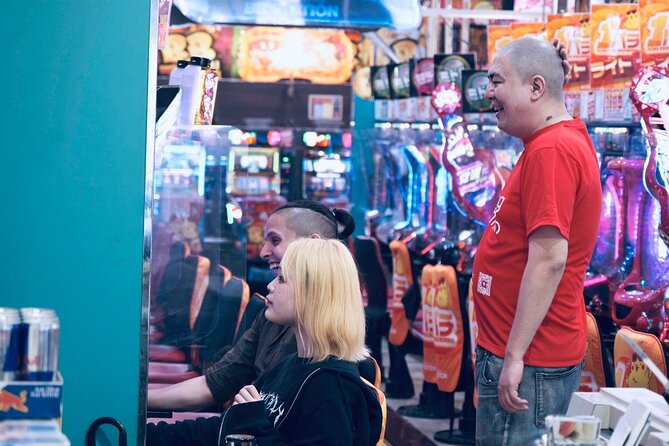
Pachinko’s addictive gameplay revolves around a tantalizing combination of skill and chance, as players feed small metal balls into the machine, hoping to trigger a cascade of winning combinations.
The balls bounce and careen through a maze of pins, gates, and tunnels, creating an electrifying atmosphere.
As players navigate the machine, they must strategically time their shots to maximize their chances of winning.
The rules are simple: players earn more balls for each winning combination, and the goal is to collect as many as possible.
With each spin, the thrill of uncertainty keeps players on the edge of their seats, eager to see what fate has in store.
Popularity in Japanese Culture

Beyond the flashing lights and mesmerizing sounds of pachinko parlors, this beloved game has woven itself into the fabric of Japanese popular culture, captivating millions with its unique blend of skill and chance. Pachinko has become an integral part of Japanese entertainment, with many parlors offering a range of amenities and services. The game’s popularity transcends age and social boundaries, attracting players from all walks of life.
| Demographic | Percentage of Players | Average Spend per Visit |
|---|---|---|
| Young Adults (18-24) | 35% | ¥5,000 |
| Adults (25-44) | 40% | ¥3,500 |
| Seniors (65+) | 25% | ¥2,000 |
| Male Players | 60% | ¥4,500 |
| Female Players | 40% | ¥3,000 |
From casual players to dedicated enthusiasts, pachinko has become a cultural phenomenon that continues to thrive in modern Japan.
History of Pachinko Halls
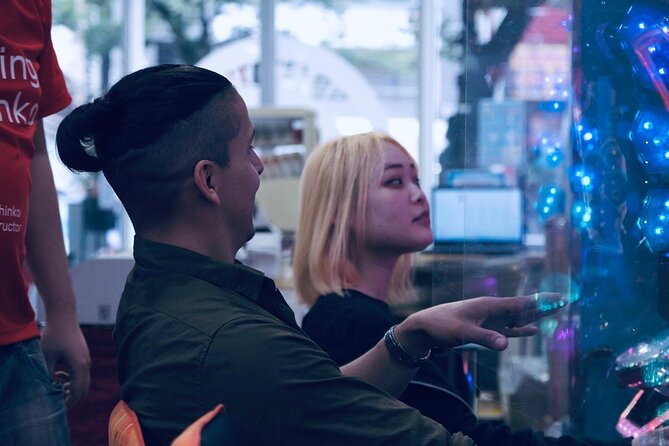
In the early 20th century, entrepreneurs began transforming humble amusement centers into lavish pachinko halls, replete with ornate decorations and cutting-edge technology.
This marked the beginning of a new era for pachinko, as these halls became hubs for socializing and entertainment.
As the popularity of pachinko grew, so did the grandeur of these halls.
Today, pachinko halls are a staple of Japanese urban landscapes, offering an immersive and electrifying experience.
1930s: The first pachinko halls emerge in Nagoya, offering a new form of entertainment for the masses.
1950s: Pachinko halls begin to spread across Japan, becoming a staple of urban entertainment.
1980s: The introduction of electronic pachinko machines revolutionizes the industry, offering faster-paced gameplay and bigger prizes.
2000s: Modern pachinko halls emerge, featuring extravagant designs, advanced technology, and luxurious amenities.
Pachinko’s Impact on Economy
As Japan’s entertainment landscape evolved, pachinko’s rising popularity injected a significant boost into the country’s economy, with the industry’s revenue skyrocketing to unprecedented heights. The pachinko industry’s massive revenue has contributed significantly to Japan’s GDP, creating thousands of jobs and stimulating local economies.
| Year | Revenue (Billion JPY) | GDP Contribution (%) |
|---|---|---|
| 2000 | 29.4 | 0.6 |
| 2010 | 43.8 | 0.8 |
| 2020 | 54.2 | 1.0 |
Today, pachinko is a significant driver of economic growth, with many pachinko halls serving as community hubs, providing entertainment and social spaces for locals. The industry’s continued growth is expected to have a lasting impact on Japan’s economy, solidifying pachinko’s position as a beloved national pastime.
Strategies for Winning Big
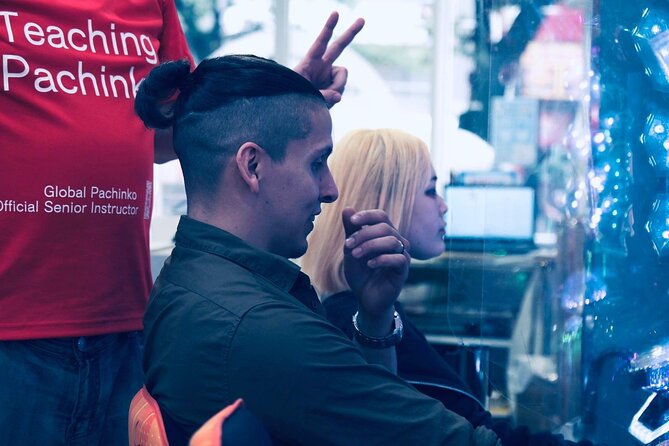
With pachinko’s intricate rules and tantalizing jackpots, mastering the game requires a combination of luck, skill, and clever strategies to maximize winnings. To boost chances of hitting the jackpot, players must be savvy and adaptable.
Choose the right machine: Select a machine with a high payout ratio and a large number of balls.
Manage your budget: Set a budget and stick to it to avoid overspending.
Play at the right time: Visit the parlor during off-peak hours to avoid competition and increase chances of winning.
Keep an eye on the odds: Pay attention to the odds of winning and adjust your gameplay accordingly.
Pachinko’s Future in Japan
Pachinko’s popularity has sparked a heated debate about its future in Japan, where the government is struggling to balance the game’s economic benefits with growing concerns over gambling addiction.
As the industry generates billions of dollars annually, lawmakers are torn between reaping the financial rewards and addressing the social costs.
Some propose stricter regulations, while others advocate for full-fledged casinos to attract foreign travelers.
Amidst the debate, pachinko parlors are evolving, incorporating new technologies and entertainment options to stay relevant.
Will Japan find a way to harness pachinko’s potential while protecting its citizens, or will the game’s allure ultimately lead to its downfall?
Tips for First-Time Players
Newcomers to the pachinko scene should start by familiarizing themselves with the game’s unique terminology and rules, which can seem overwhelming at first but are actually quite simple once you get the hang of them.
Before diving into the game, it’s essential to understand the basics.
Start with a small budget: Don’t break the bank on your first try. Begin with a modest amount and gradually increase as you gain confidence.
Choose a machine wisely: Select a machine with a high payout rate and a simple game design.
Don’t chase losses: Know when to walk away and avoid throwing good money after bad.
Have fun: Pachinko is a game, so enjoy the experience and don’t get too stressed about winning or losing!
Here's a few more nearby tours and experiences we think you'll like.
Frequently Asked Questions
Is the Pachinko Tour Wheelchair Accessible?
She’s wondering if the tour is wheelchair accessible – and the answer is yes! This adventure is designed to be inclusive, with wheelchair accessibility and proximity to public transportation, ensuring everyone can join in on the fun!
Can I Cancel My Tour Booking With a Full Refund?
She can cancel her tour booking with a full refund, no problem! According to the cancellation policy, she just needs to do it at least 24 hours before the start time to get her money back.
How Much Does It Cost to Rent Tokens/Balls for the Tour?
She’s wondering how much it’ll set her back to rent tokens or balls for the tour. According to the inclusions and exclusions, it’ll cost her 2,000 JPY per person, a small price to pay for an unforgettable experience!
Is the Tour Suitable for Pregnant Travelers?
She checks the tour details and finds that it’s not recommended for pregnant travelers, so she’ll need to consider alternative adventures that cater to her needs, ensuring a safe and enjoyable experience.
What Is the Maximum Number of Travelers Allowed on the Tour?
She checks the tour details and finds that the maximum number of travelers allowed is 10, ensuring an intimate and personalized experience for all participants, making it easier to ask questions and explore together!
Not for you? Here's more of our most recent tour reviews happening neaby
- Lake Ashi Hakone Owakudani Kowakien With Daily Chauffeur
- Lets Lunch / YANAKA MADAME HOME / Local Dish & Rice Ball Making.
- Private Kamakura and Yokohama Sightseeing Day Trip With Guide
- For BUSINESS TRAVELER – Business+Leisure With Jpy⇄Eng INTERPRETER Service
- Tokyo Cyberpunk Street Photo Tour
- One Day Private Tour to Nikko With English Speaking Driver
- Guided Small Group Historical Tour in Asakusa
- Tokyo Authentic Samurai Experience, Bushido at a Antique House.
- Private Akihabara Walking Tour With Otaku and Photography
- Mt. Fuji Private Sightseeing Tour With Local Guide/Photographer
- Tokyo Customized Private Walking Tour With Local Guide
- Full-Day Panoramic Bus Tour in Tokyo With Bay Cruise
- Tokyo City Private Day Tour With Pick Up.
- Challenge Sumo Wrestlers and Enjoy Meal in Tokyo
- Kamakura Tour
Final Words
As the last ball clanks into the machine, the thrill of Pachinko still echoes.
This captivating game has woven its way into Japan’s fabric, enthralling generations with its perfect blend of skill and chance.
With its rich history, addictive gameplay, and widespread popularity, Pachinko remains an integral part of Japanese culture.
So, are you ready to uncover its secrets and join the millions of players who’ve fallen under its spell?
The game awaits – feed the machine, and let the adventure begin!

